
This article combines current news with luxury watches. The images and content of the article were initially created using AI and then rewritten by an editor.
Hello. When it comes to luxury watches, many people probably first think of Rolex.
Have you ever wondered, "Why does it continue to sell all over the world even though it's so expensive?"
In this article, we will explore the popularity and history of Rolex using official documents. By learning about the brand's history , including its historical inventions and achievements, unique quality standards, and authorized sales network, you will understand the reasons for its value and popularity.
In the second half, we will also organize the ``asset value'' based on the economic situation in September 2024 and the Rolex Marathon, which can be seen as a symbol of supply and demand, and interpret it from the perspective of investment and asset protection.
A three-line summary of this article
- Rolex has built its value through "systems" such as proof of invention and practicality, its own standards, and its authorized sales network.
- It is also attracting a lot of attention as a dollar-denominated physical asset in the economic environment of 2025.
- The "Rolex Marathon," which symbolizes the difficulty of obtaining watches from authorized retailers, shows the imbalance between supply and demand.
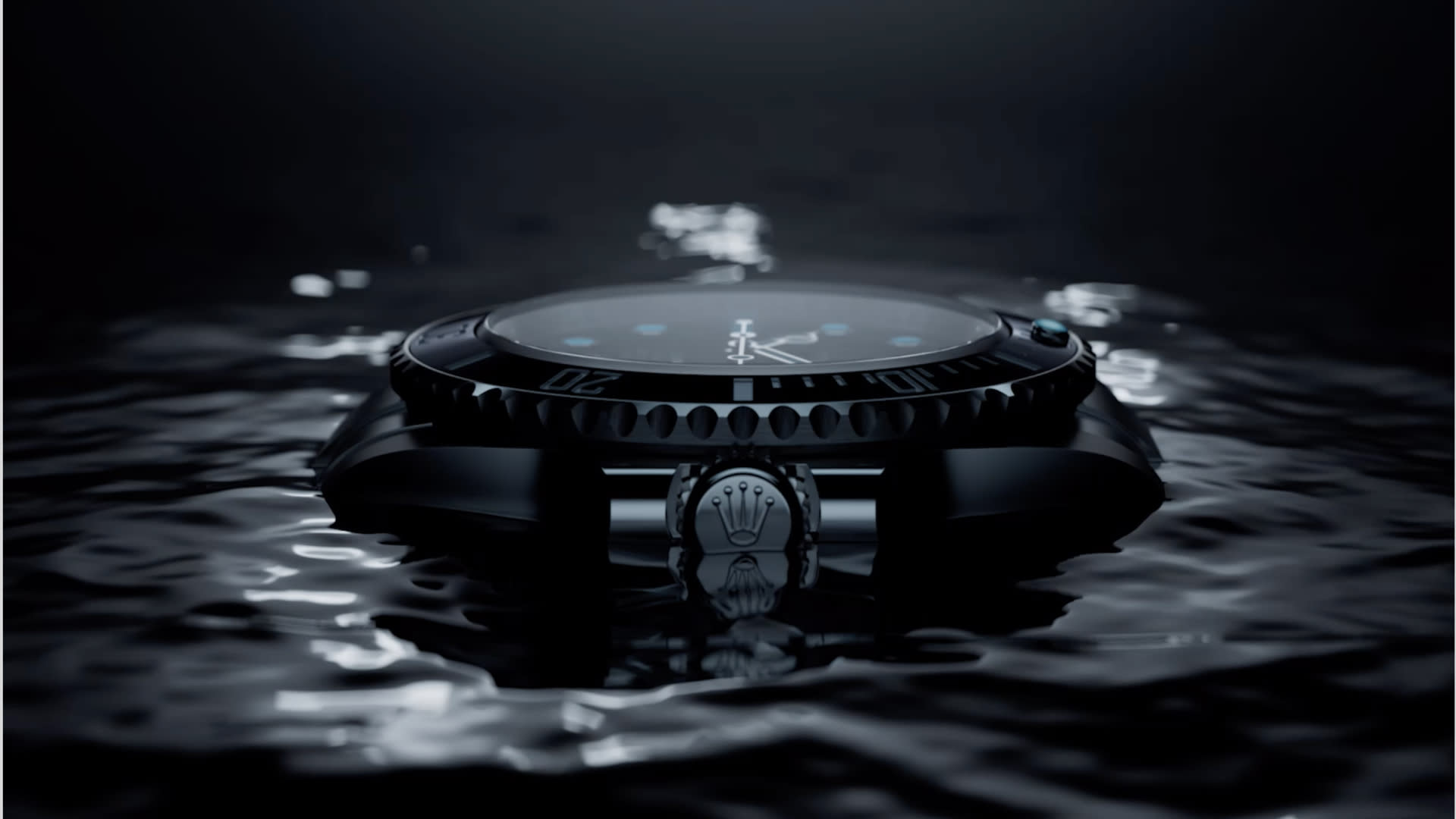
Chapter 1 | Founding and the belief that "high precision can be achieved even in wristwatches"
Hans Wilsdorf founded the company in London in 1905. In 1910, it became the first wristwatch in the world to receive chronometer certification from the Swiss official testing laboratory, and in 1914 it received "Class A" certification from the Royal Observatory, Kew in the UK. The company continued to demonstrate the high accuracy of its small wristwatches.
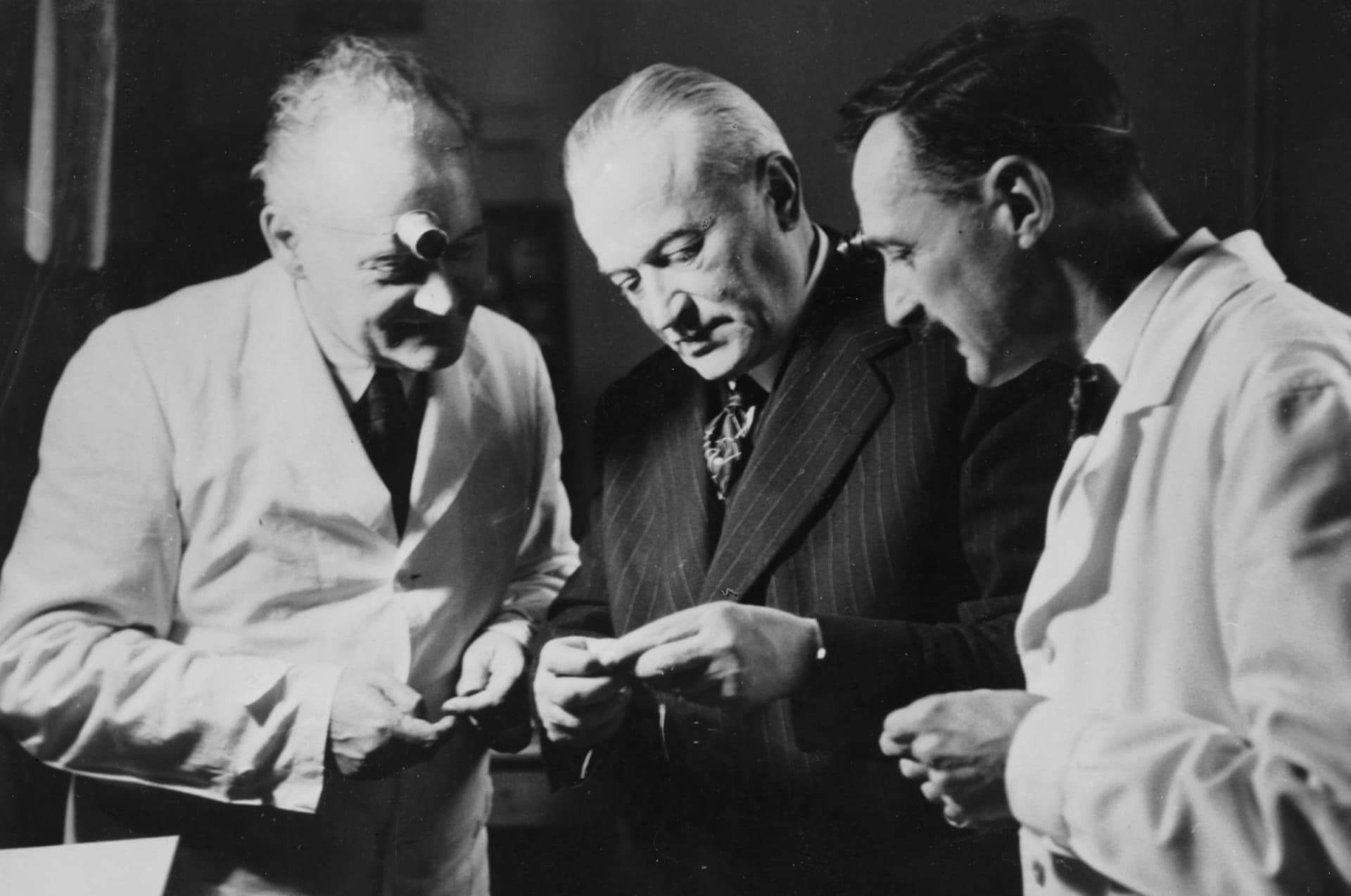
Chapter 2 | The Waterproof Revolution: The 1926 Oyster and the 1927 Channel Crossing
In 1926, Rolex released the Oyster, the world's first waterproof and dustproof wristwatch. The following year, in 1927, swimmer Mercedes Gleitze demonstrated that the watch could function normally even after prolonged exposure to seawater during her crossing of the English Channel. "Proof before advertising." This attitude can be said to be one of the core values of Rolex.

Chapter 3 | The Perfection of Automatic Winding: The Perpetual Rotor of 1931
In 1931, Rolex invented and patented the "Perpetual Rotor," an automatic winding mechanism with a crescent-shaped oscillator. This united the three elements of high precision, water resistance, and automatic winding, establishing the foundation for waterproof automatic watches suitable for everyday use.
Chapter 4 | Use-first design: From professional use to mainstream
Rolex professional models were born from the demands of the polar regions, deep seas, skies, and race circuits. Their designs are resistant to harsh environments, providing peace of mind for daily use and continuing to evolve into timeless designs.
Explorer (1953)
An exploration watch that reflects the knowledge gained from Everest expeditions and is designed to be highly visible, robust, and reliable.
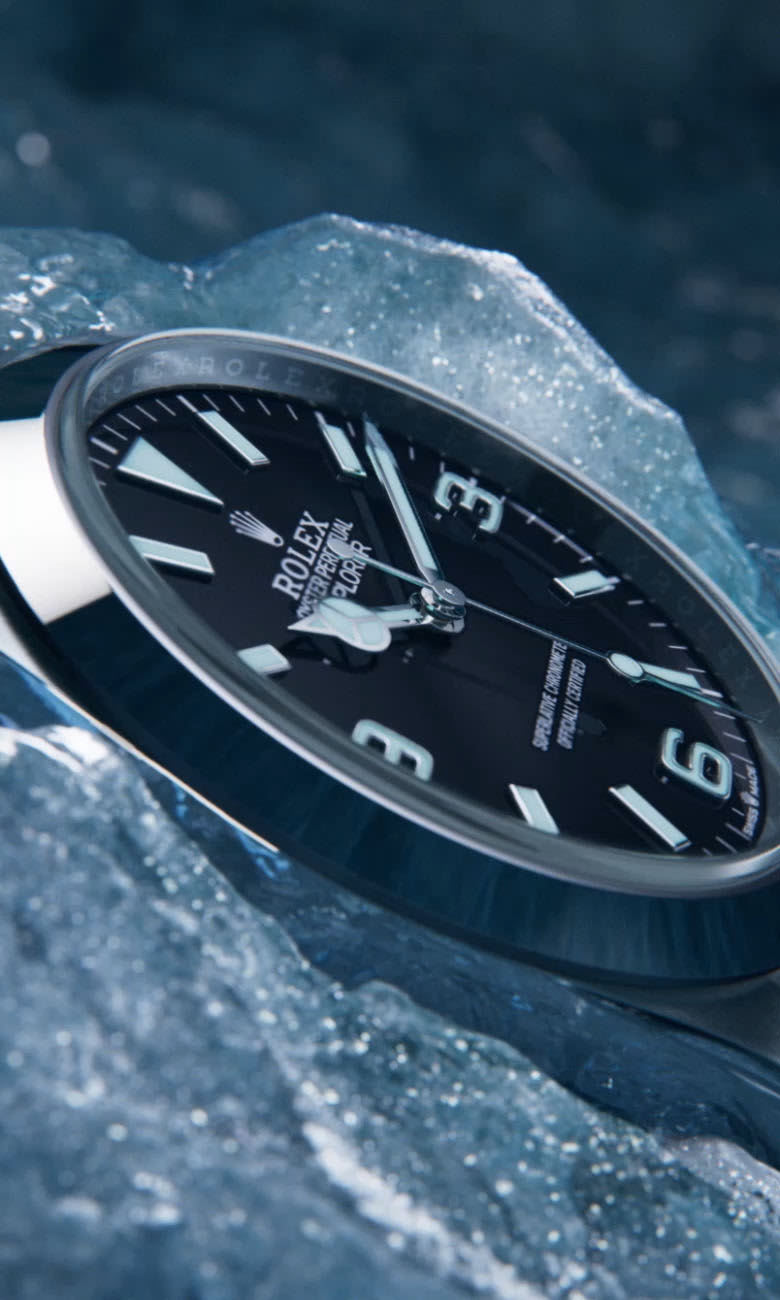
Submariner (1953)
This is the ultimate diver's watch, with water resistance increasing from 100m to 200m to 300m, and features such as a rotating bezel to safely support underwater activities.

GMT-Master (1955 → current GMT-Master II)
Responding to the aviation needs of the jet age, the two-tone bezel distinguishes between day and night and allows multiple times to be seen at a glance.
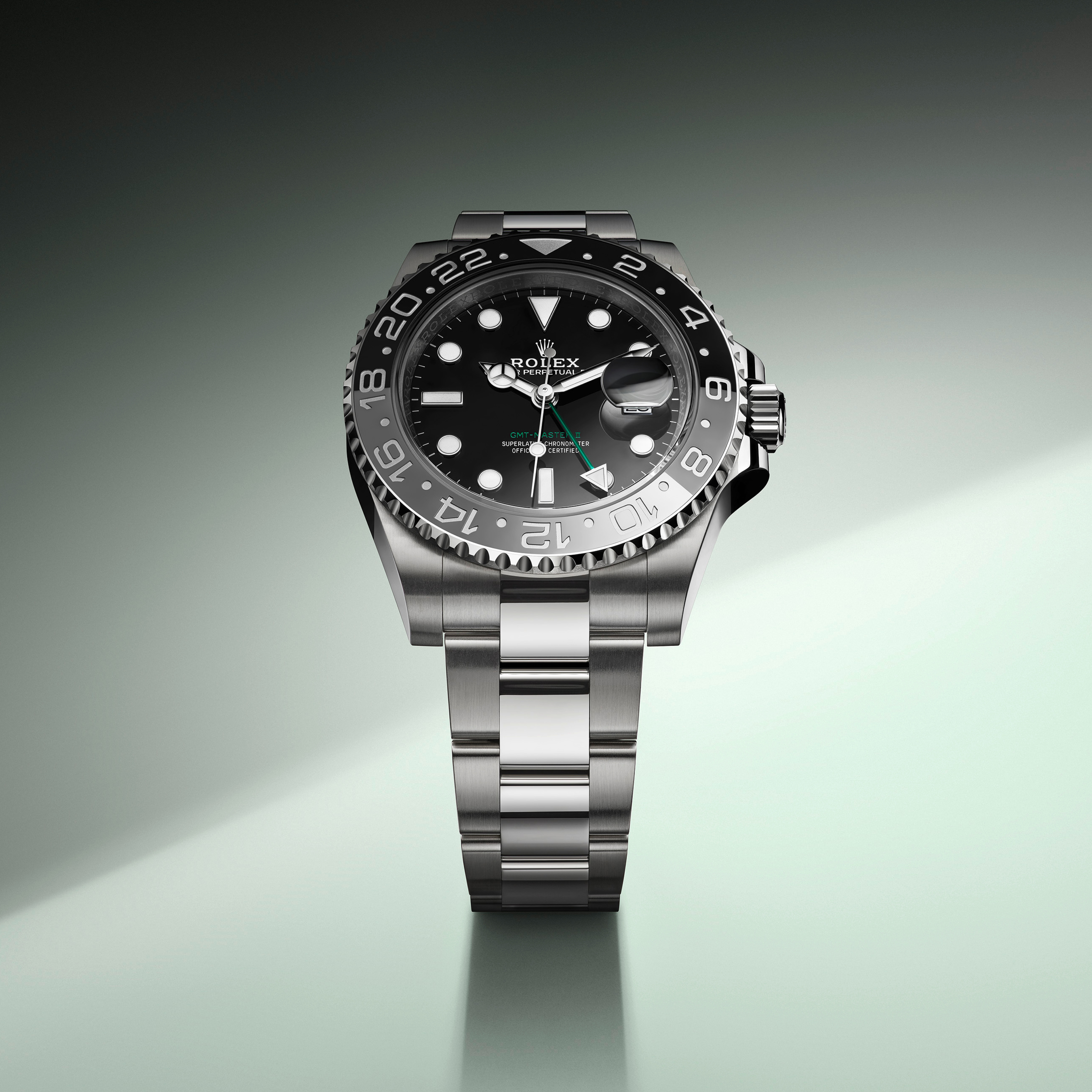
Cosmograph Daytona (1963)
Born as a tool for professional racers, it has become an iconic presence in the watch world . Featuring a tachymeter bezel and a high-performance chronograph, it is known for its reliability and durability even under the most demanding conditions .
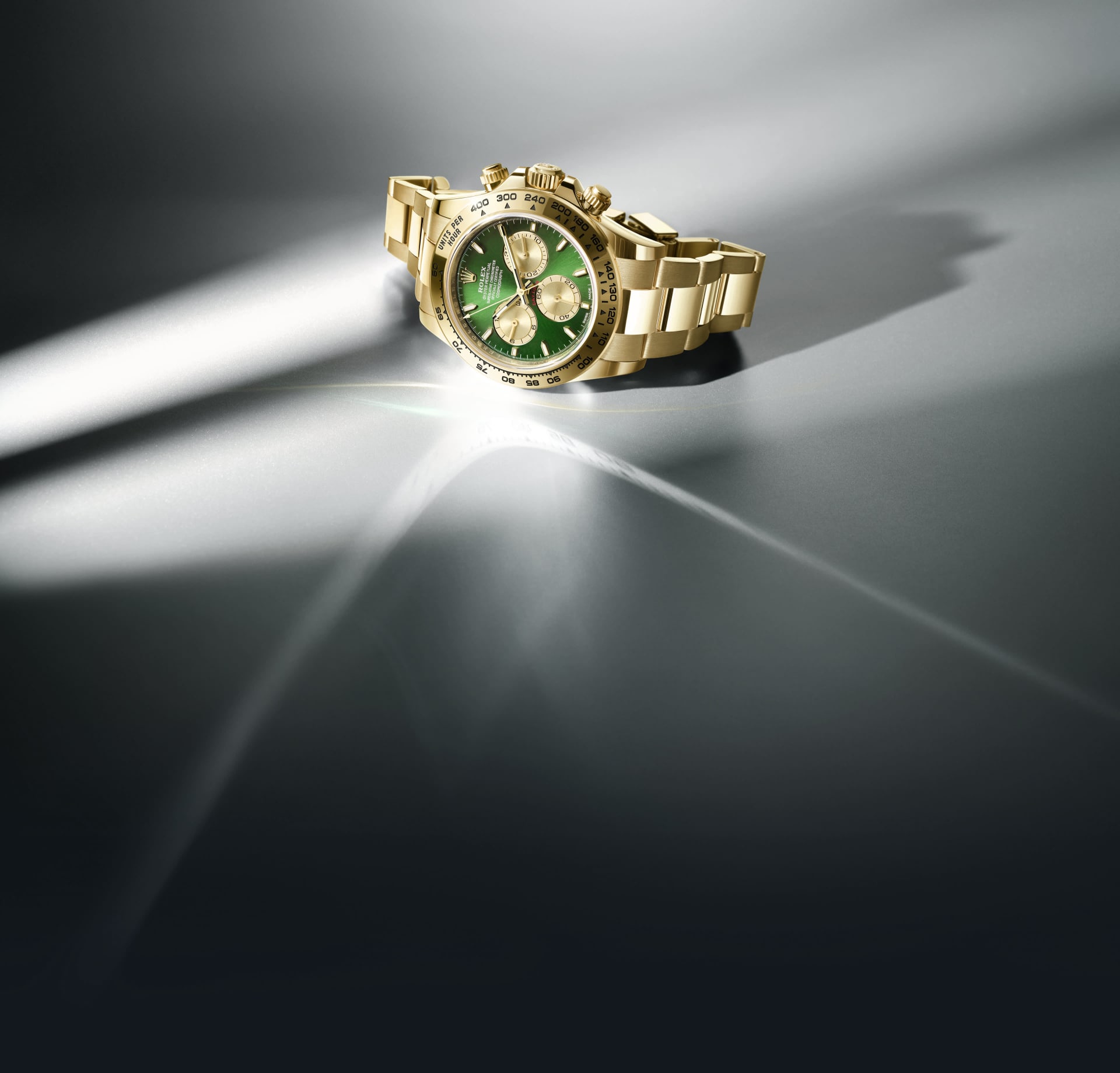
Sea-Dweller (1967)
This deep-sea tool is equipped with a helium escape valve that is compatible with saturation diving and is designed to directly address the safety of professional divers.
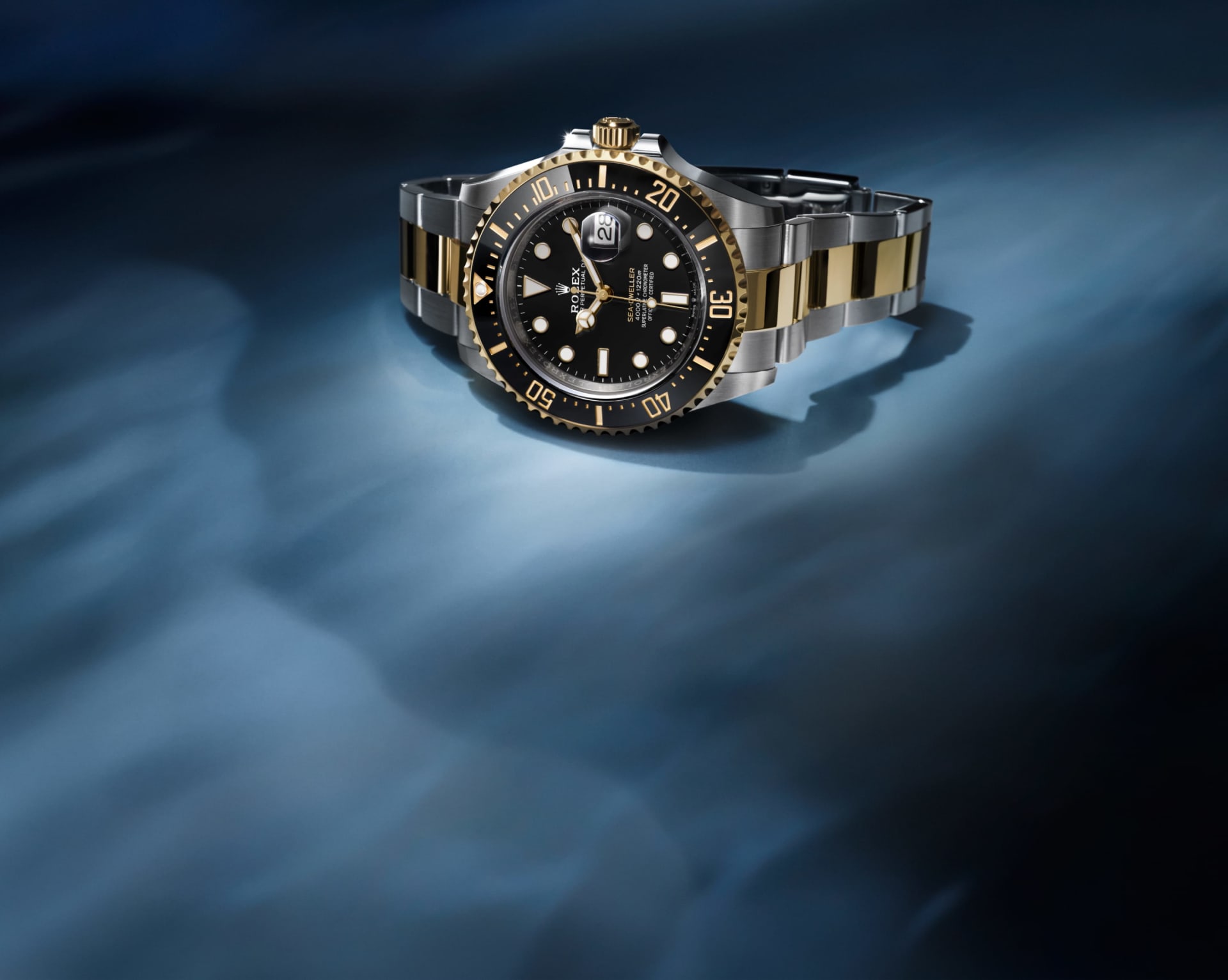
| year | Events/Models | Main points |
|---|---|---|
| 1905 | Founding | Challenging the high precision of wristwatches. |
| 1910/1914 | Swiss Official Chronometer/Kew Observatory Class A | High accuracy demonstrated in a small wristwatch. |
| 1926/1927 | Oyster: Demonstration across the Channel | Two-tiered design: waterproof and proven. |
| 1931 | Perpetual Rotor | A trinity of waterproofness, automatic winding, and precision. |
| 1953 | Explorer/Submariner | Born from the practical experience of exploration and diving. |
| 1955 | GMT-Master | Meets the multiple timetable needs of airlines. |
| 1963 | Cosmograph Daytona | Designed as a circuit instrument. |
| 1967 | Sea-Dweller | Helium release valve allows for saturation diving. |
Chapter 5 | Swiss integrated system and continued investment in materials and mechanisms
Rolex designs, manufactures, and inspects its watches at its Swiss bases. It invests heavily in technologies that emphasize practicality and reliability, such as in-house casting of gold alloys, 904L "Oystersteel," high-hardness ceramic "Cerachrom," blue Parachrom balance springs, Chronergy escapements, and Paraflex shock absorbers .
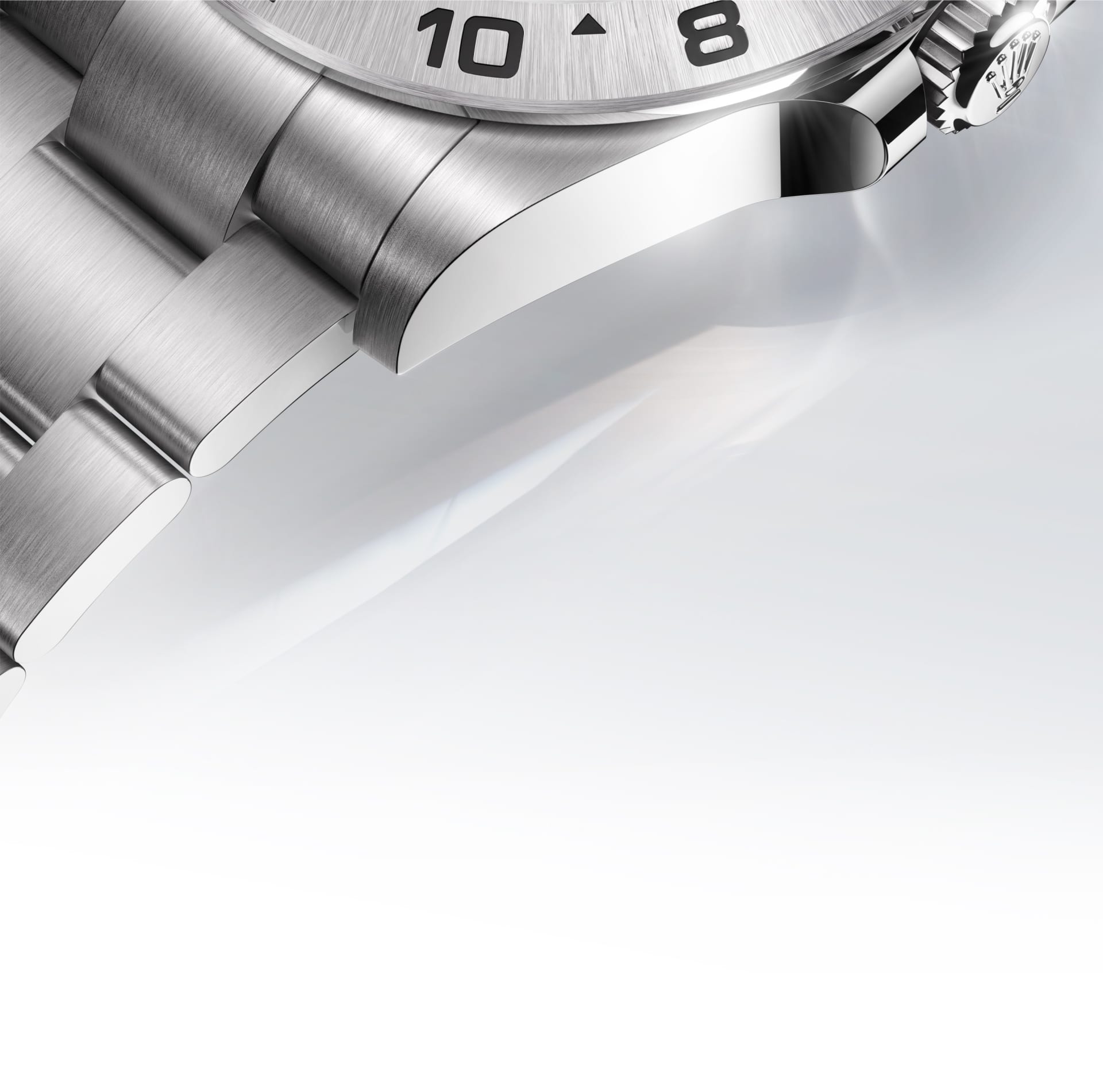
Chapter 6 | Final Inspection of the Finished Watch: Superactive Chronometer
Movements that have passed COSC ( Swiss Chronometer Certification ) are re-inspected after assembly. Following the redefinition of standards in 2015, the standard was revised to include a daily deviation of -2/+2 seconds for completed watches, a green tag certifying that the watch meets the company's highest standards in terms of quality and performance , and a 5-year international warranty .
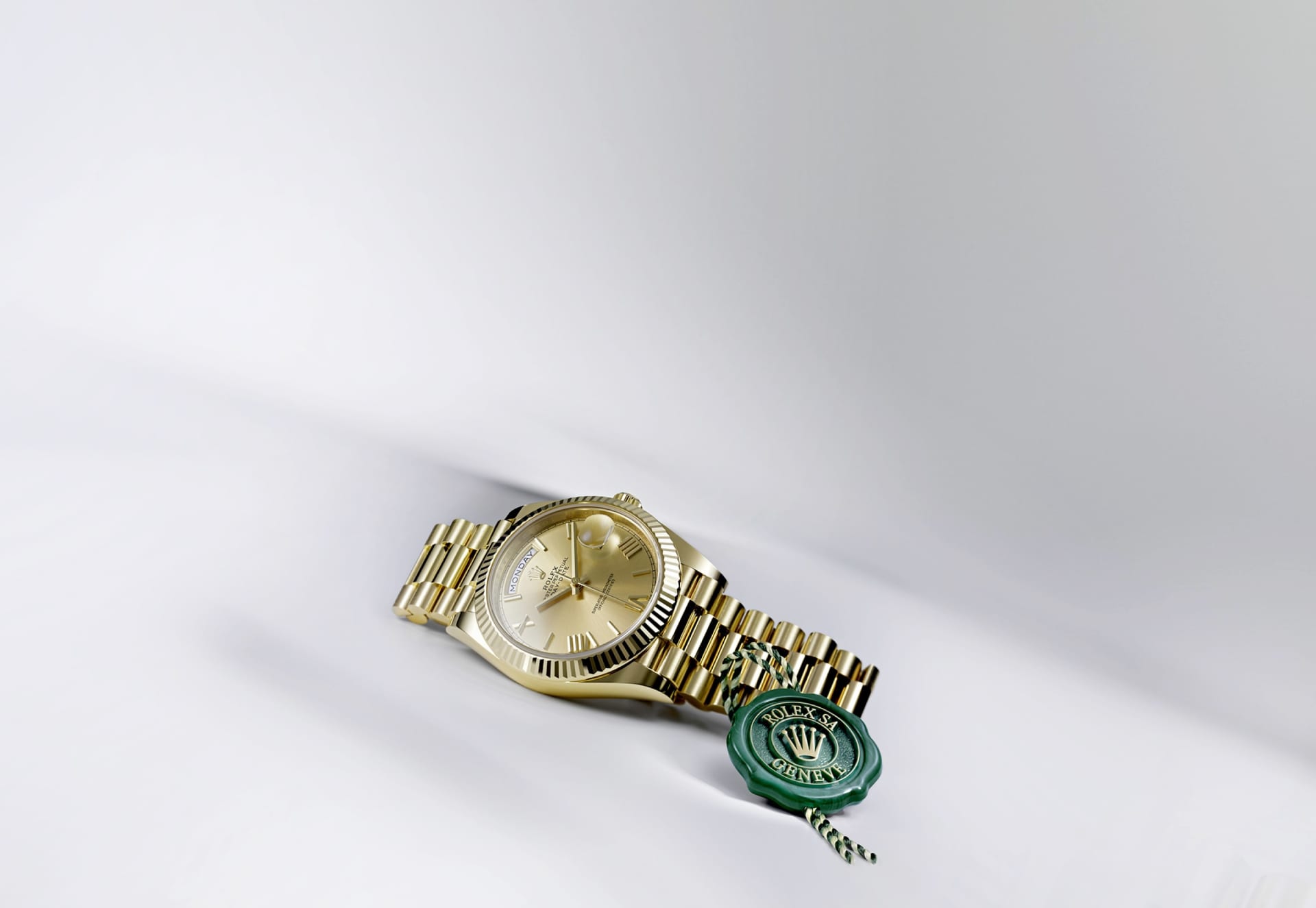
Chapter 7 | Peace of mind after purchase: Authorized dealership and global service
New watches are sold only by authorized Rolex retailers . Registering your purchase comes with a warranty, and you can receive long-term care at Rolex World Services worldwide.

Chapter 8 | The asset value of luxury watches in light of the economic situation
*Excerpt from the booklet supervised by Commit Ginza [September 2024 edition]This chapter examines the economy and luxury watch markets according to Commit Ginza . The Commit Ginza website and YouTube channel also feature numerous columns on watches, the economy, and culture, including this report.
The Japanese economy saw large fluctuations in stock prices and exchange rates
In July 2024, the exchange rate was in the 160 yen to the dollar range. In just two months, the yen strengthened by about 10%, dropping to the low 140 yen range, correcting the recent historically weak yen. As a result, the Nikkei average remained in the 40,000 yen range until July 19, but fell to the 31,000 yen range on August 5. (This decline is said to have been influenced by recent AI investments and high-speed trading using robots.) However, declines that are out of step with the market tend to rebound and correct, and by September 12, it was in the 36,800 yen range. People often speculate that the Nikkei average will reach 40,000 yen again. However, if we convert the 42,000 yen Nikkei average at 160 yen to the dollar to 143 yen, it becomes 37,500 yen. The truth is that the Nikkei average in dollar terms fluctuates within the margin of error. As such, it is very important to take a comprehensive look at the current value of watches, art, real estate, and the economic market by converting them into dollars.
Economic globalization has led to a significant depreciation of the Japanese yen
Currently, globalization is progressing in all market conditions, and as a result of the influx of large amounts of foreign currency, it will become increasingly important to view assets denominated in foreign currencies. If the entire world were in a deflationary economy, the value of the Japanese yen would not fall, but the fact that Japan was the only country in a long-term deflationary period amidst global inflation could be said to be one of the reasons why it has been left far behind among developed countries.
Even though the Nikkei average has reached a new record high, prices are on the rise and wages (disposable income) are not increasing, so there are very few people in Japan who feel that the economy is doing well. This is because the Japanese yen has depreciated significantly in inverse proportion to globalization. On March 4, 2024, the Nikkei average hit the 40,000 yen mark for the first time in history, surpassing the level during the bubble period, but are there really people who feel that the economy is doing better than it did during the bubble period?
Japan: Neither prices nor salaries have risen
The 160 yen to the dollar recorded in July 2024 was the weakest yen level in decades, but it's unclear when the appropriate exchange rate was. However, the real effective exchange rate (REER) is also said to be at its weakest level in 50 years, meaning the Japanese yen is currently valued at an unprecedentedly low level. Foreign exchange rates are always used as a purchasing indicator for prices, and they should accurately correct currencies around the world, but this distortion has long been ignored. However, in New York and Hawaii today, a bowl of ramen costs 2,500-4,000 yen, and rice balls and water at convenience stores cost about 2-4 times more than in Japan. Even convenience stores in Seoul, South Korea, are currently more expensive than in Japan.
Japan's Deflation and Zero Interest Rate Policy
Japan has long been in a state of deflation, with a low interest rate policy continuing. However, in March 2024, the Bank of Japan ended its negative interest rate policy and raised its short-term interest rate target to around 0-0.1% . However, in recent years, prices have risen while incomes have remained stable. The Japanese yen has depreciated significantly in global exchange rates, and the country has one of the highest relative poverty rates among OECD (Organization for Economic Cooperation and Development) member countries .
Currency has interest rates
The United States and Europe have adopted high interest rate policies to curb inflation. The federal funds rate ( the US policy interest rate ) rose to the 5% range and is now settling in the 3% range. The difference in interest rates also affects the value of currencies. Generally, as funds move from countries with low interest rates to countries with high interest rates, the currencies of countries with high interest rates tend to be bought more easily and become more likely to appreciate. The Japanese yen has tended to depreciate (weaken yen) due to the limited inflow of funds due to the zero interest rate policy.
In just two years, the value of the 10,000 yen note has fallen to about 7,500 yen.
The double whammy of inflation and a weak yen from 2022 to 2023 will cause the purchasing power of the Japanese yen to depreciate by more than 25% in a short period of time. When viewed in dollar terms, luxury watches are likely to retain their value as physical assets.
The Nikkei average finally reached a new high in 30 years, while the Dow Jones Industrial Average increased 13 times.
Even though the Nikkei average has reached a new all-time high, the Dow Jones Industrial Average has increased by about 13 times in the past 30 years. It is impossible to compare unless you look at it from a dollar-denominated perspective. It can be said that it is risky to view assets only in Japanese yen.
The COVID-19 pandemic has dramatically changed the "environment" and "value" of money
Global monetary easing since 2020 has led to a surge in the money stock. The supply of funds has boosted the prices of real assets (watches, real estate, art, etc.).
Understanding the relationship between exchange rates and domestic prices after the Lehman Shock
The market price of luxury watches is always based on the dollar. For example, if the yen is strong, the domestic price of the Daytona Ref. 16520 will decrease, and if the yen is weak, the price will increase.
Balance of supply and demand
Prices vary greatly depending on specifications, integrity, and rarity, such as the manual-winding Daytona or the Comex Sea-Dweller. The difference between supply and demand drives the market price.
Price declines and increases
It is too early to judge that the value has "dropped" just by looking at the face value converted into yen. The value is often maintained in dollar terms, and it often reflects short-term fluctuations in the yen.
Many Japanese people think of assets as mainly "cash Japanese yen"
However, in the world today, physical assets are more valuable than cash. The buying up of combination models that were once cheap in Japan by foreign investors is a typical example of exploiting the difference between exchange rates and prices.
The position of luxury watches as physical assets
The price of a Rolex is determined in dollars, and its value increases year by year as a physical asset. It can be said to be one of the globally recognized assets, just like gold and platinum.
The Japanese Yen is an Illusion of a Stable Asset
As a highly safe currency, the Japanese yen has tended to be bought during times of heightened global economic or geopolitical risk. This trend, known as "buying the yen in times of crisis" or "buying the yen during risk-off periods," has been changing in recent years, and the yen is no longer considered a stable asset.
What is carry trade?
This is a method of borrowing a low-interest currency and investing in a high-interest currency. The yen has long been a material for carry trades, which has contributed to the depreciation of the yen.
Japanese people are unaware of the decline in the value of money
Even if prices seem to be the same, the value of money is falling globally. The rising prices of imported goods, luxury cars, and watches are proof of this.
Japan's Galapagos-like thinking
The Japanese value of "saving is a virtue" is unique in the world. If you want to protect your assets, you should avoid relying too much on cash and diversify into real assets and stocks.
Changes in the value of real assets after the Lehman Shock
After the Lehman Shock, real assets temporarily fell along with the stock market crash, but recovered in the following few years and have continued to rise. The watch market matured as an asset class around 2013-2014.
Philips' attempt to turn watches into "physical assets"
Since the 2013 auction "DAYTONA LESSON 1," vintage Rolex watches have been sold for high prices, and wristwatches have come to be recognized as assets similar to art.
As long as it's "good stuff," the value will continue to rise again.
Just like the art market, even if prices crash, they tend to recover within a few years and continue to rise, as the demand for rare pieces is unrelenting compared to the supply.
Not all super expensive items are "good"
A "good watch" does not necessarily mean a watch worth tens of millions of yen. Rarity, condition, and the presence or absence of accessories also create high demand.
Good things become scarce year by year, and they become rare.
Discontinued models cannot be produced in larger quantities, so the number of units is limited. The better the condition and the more consistent the unit, the more valuable it will be.
*This chapter makes extensive use of statistical data, but as it is intended to provide an outlook for watch markets, no references will be cited. Please forgive any errors in the data figures.
Chapter 9 | The Rolex Marathon: An “Experiential” Phenomenon of Supply and Demand
A Rolex marathon is a slang term that refers to the act of continuously visiting multiple stores in order to purchase popular models (such as Daytona, Submariner, GMT-Master II, Explorer, etc.) at the regular price from an authorized retailer. Because in-store stock is limited, timing of arrival, frequency of visits, and communication are all important.
- Symbol: Demand >> supply asymmetry (scarcity of retail prices).
- Effect: Purchase at list price = It is easy to include the difference (premium) between the parallel market price and the purchase price.
- Asset value: The difficulty of obtaining the product from an authorized store serves as evidence of its popularity and value .
The reason behind the saying "You can make a profit the moment you buy" is the structure of Rolex, which includes supply restrictions, strict official distribution, and a robust after-sales service . Of course, there are short-term price fluctuations, but good examples tend to be revalued over time.
Summary | It's not just about strategy. Value is supported by the accumulation of "invention → demonstration → standard → guarantee → distribution"
The popularity of Rolex cannot be explained by clever strategy alone. The proven accuracy, perfection of waterproofing and automatic winding, and investment in materials, mechanisms, inspections, warranties, and official networks create an experience that is resistant to depreciation, resulting in a brand that is chosen despite its high price. Furthermore, in the economic environment of 2024, its role as a dollar-denominated physical asset cannot be ignored. Quality products are less likely to depreciate and will continue to be sought after.
Related Links (Commit Ginza)
References and sources (all official)
- History 1926–1945 (Perpetual 1931 and others)
- Legacy of Excellence (Mercedes Gleitze)
- Newsroom: Waterproofness (1926/1927/1953/1960)
- Explorer official page
- Submariner official page
- Newsroom: GMT-Master II
- Cosmograph Daytona official page
- Sea-Dweller official page
- Materials (Oystersteel, etc.)
- Movements (Parachrom Chronergy Rotor)
- History 2013–2022 (Redefined in 2015, 5-year warranty)
- Care & Service (Global service network)
FAQ
Q1. Why are Rolex watches so expensive?
A. Our prices are backed up by a product-centric structure, including a consistent Swiss production system, in-house cast gold alloys , Oystersteel/Cerachrom, Parachrom/Chronergy/Paraflex, independent testing of completed watches (-2/+2 seconds), a 5-year warranty, a strict authorized sales network, and a global service system.
Q2. What is a Superative Chronometer?
A. Rolex's own standard for re-inspecting COSC-certified movements after assembly . In 2015, the standard was revised to include "-2/+2 seconds per day," "Green Tag," and "5-year international warranty."
Q3. What is the Rolex Marathon?
A. It is a slang term that refers to the act of repeatedly visiting multiple stores in order to purchase popular models at the regular price from authorized stores. It clearly shows the asymmetry between supply and demand .
Q4. What is the difference between a Submariner and a Sea-Dweller?
A. The Submariner is optimized for general diving (currently 300m), while the Sea-Dweller is designed for saturation diving and is suitable for professional long-term diving with features such as a helium release valve and water resistance to 1,220m.
Q5. Where is the safest place to buy it?
A. New watches can only be purchased from authorized Rolex jewelers . By registering your purchase, you are guaranteed a 5-year warranty and have access to a global service network.
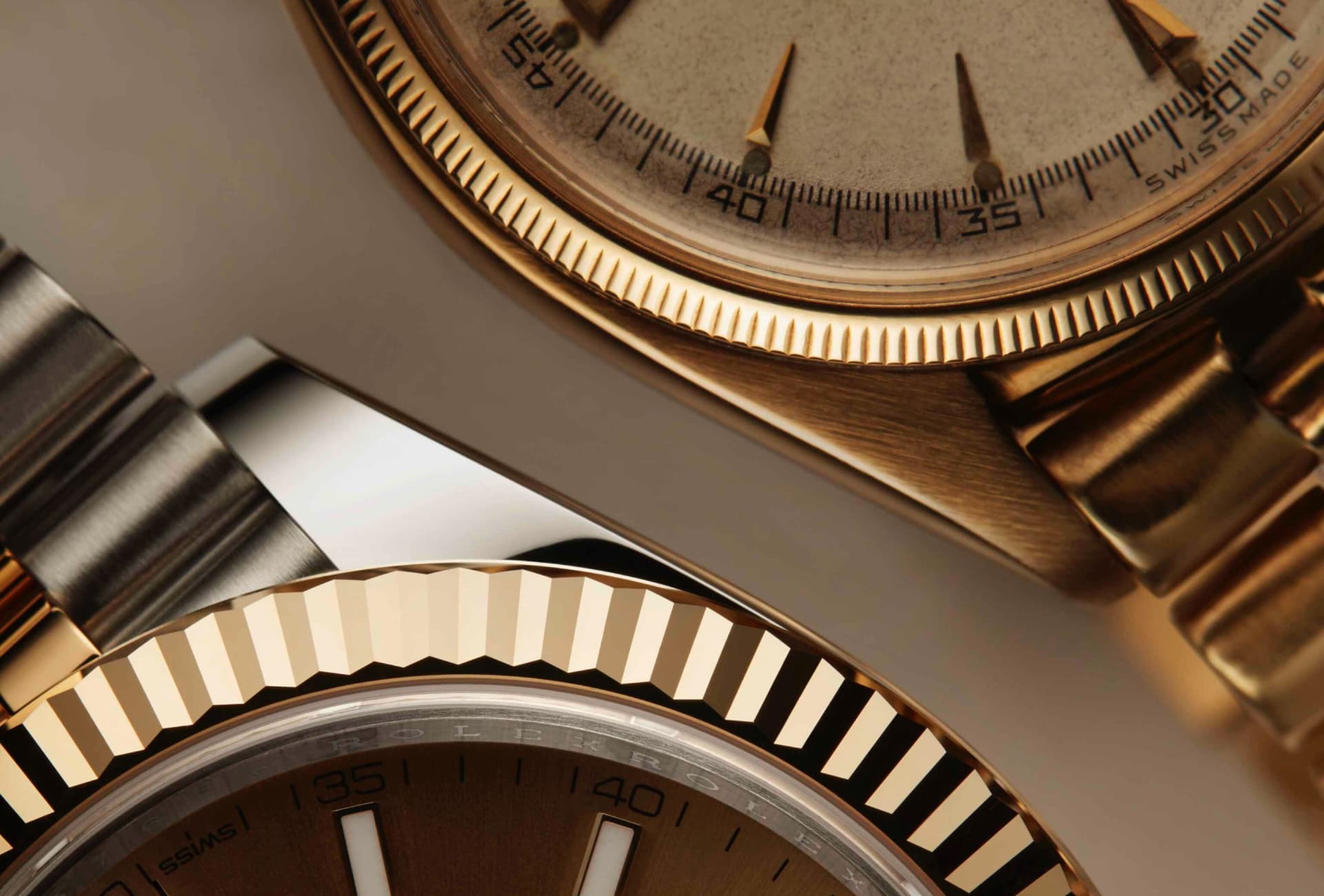


































































![No. 52 Luxury Watch Trends 2025 | The End of the Watch World: Why Men End Up with A. Lange & Söhne [Comic Explained]](http://commit-watch.co.jp/cdn/shop/articles/AI_52_1280_33d6e6a9-6f5c-4b60-b448-2563736b8d01_360x360_crop_center.jpg?v=1764929240)


